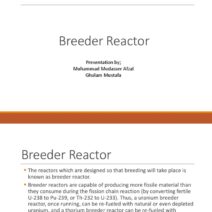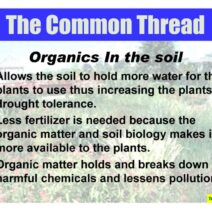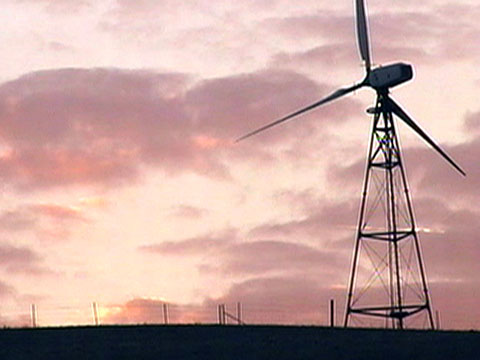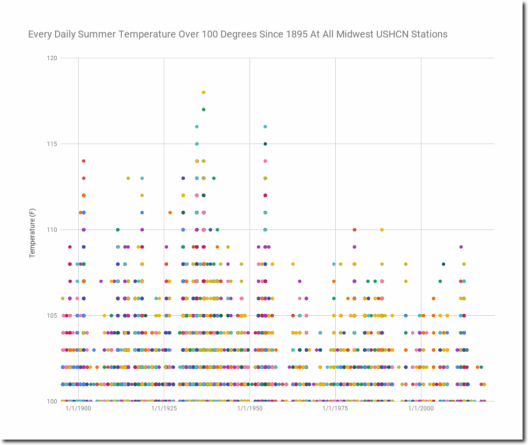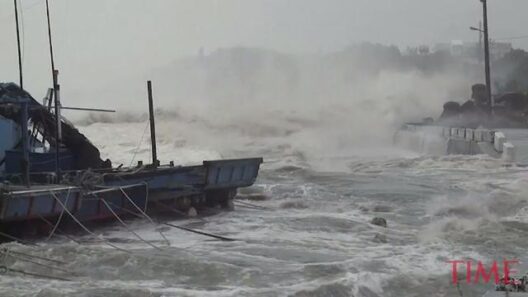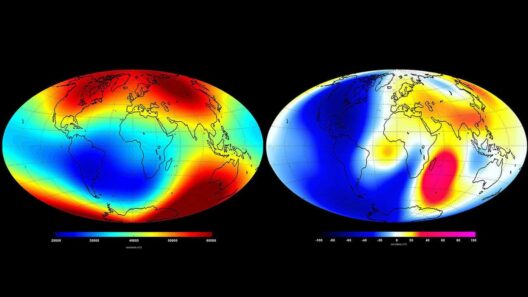Global warming is a pressing issue that continues to elicit a range of opinions from the public; some contend that its effects are exaggerated, while others point to increasingly tangible repercussions. The discourse surrounding global warming often prompts an essential inquiry: Is it truly that bad? Beyond the surface-level observations, examining empirical data reveals not only the challenges posed by climate change but also the myriad of underlying factors that influence this phenomenon.
The roots of the global warming narrative lie deep within the industrial era. Rapid advancements in technology and energy production have transformed economies but have also led to a staggering increase in greenhouse gas emissions. Carbon dioxide (CO2), methane (CH4), and nitrous oxide (N2O) are among the principal culprits driving global temperature increases. Scientific measurements indicate that atmospheric CO2 concentrations have surged by more than 40% since the beginning of the industrial age, with the current levels exceeding 410 parts per million (ppm)—a threshold not seen in millions of years. As these gases accumulate, they trap heat, resulting in what is commonly termed the greenhouse effect.
The resulting climate changes are palpable. The Earth’s average temperature has risen approximately 1.1 degrees Celsius since the late 19th century. While some argue that fluctuations in climate have been part of the Earth’s natural cycle, the current rate of warming is unprecedented in human history. This cessation of usual patterns catalyzes extreme weather, habitat loss, and a phenomenon known as ocean acidification, which threatens marine ecosystems and biodiversity.
Data illustrates that extreme weather events, such as hurricanes, heatwaves, droughts, and floods, are occurring with increased frequency and intensity. The National Oceanic and Atmospheric Administration (NOAA) reported that the United States experienced 22 separate billion-dollar weather and climate disasters in 2020 alone. The cost associated with these events underscores the severity of climate change; the economic toll exacerbates inequities already present in society.
Sea-level rise constitutes another alarming consequence of global warming. Melting polar ice caps and glaciers are significant contributors, with the Greenland and Antarctic ice sheets shedding mass at an accelerating rate. Current projections suggest that by 2100, sea levels could rise by as much as three feet if greenhouse gas emissions continue unchecked. Coastal communities are at considerable risk, with millions potentially displaced due to encroaching tides.
Nevertheless, despite the serious ramifications, the question remains: Is it really that bad? Several factors influence public perception. One significant aspect is the portrayal of climate change in media and politics. Sensationalism has often overshadowed substantive discussions, yielding skepticism among certain demographics. Additionally, there exists a divide between those who experience immediate climate impacts and those who do not. For instance, a person in a temperate climate may observe vague changes but remain insulated from extreme droughts or flooding faced by those in more vulnerable regions.
The ramifications extend beyond immediate weather patterns and manifest in various spheres, including health, agriculture, and global stability. The World Health Organization (WHO) estimates that climate change is already causing approximately 250,000 additional deaths per year due to malnutrition, heat stress, and communicable diseases exacerbated by shifting climatic conditions. Agricultural sectors grapple with diminished crop yields, threatening food security in numerous regions. This precarious balance beckons a deeper inquiry into the intersection of climate change, public health, and socio-economic stability.
Addressing climate change comprehensively entails understanding the interplay of human action and climate science. It highlights the necessity for collective action, innovative technologies, and policy reforms aimed at mitigating carbon emissions. Renewable energy sources, such as solar and wind power, are gaining traction as viable alternatives to fossil fuels. Transitioning to a green economy offers not only environmental benefits but also presents opportunities for job creation and technological innovation.
At the international level, agreements like the Paris Accord underscore the global commitment to limit temperature rise to well below 2 degrees Celsius above pre-industrial levels. They aim to initiate dialogues centering on carbon neutrality and sustainable practices. However, the efficacy of such agreements hinges upon political will and the collective commitment of nations to enact tangible change.
Furthermore, there is a growing interest in climate justice—recognizing that the most vulnerable communities often bear the brunt of climate impacts despite contributing the least to the problem. Addressing these inequities can galvanize broader support for climate action while enhancing adaptive capacity among those most affected.
In conclusion, while the notion that global warming might not be “that bad” can stem from a place of ignorance or distant detachment, the data tells a compelling story that suggests otherwise. The repercussions of climate change are not always visible, but they are certainly pervasive. Understanding the intricacies of this phenomenon is essential to foster informed discussion and promote actionable solutions. Protecting the environment is not merely an option; it is a necessity for sustainable existence. The warming planet serves as a clarion call, urging humanity toward a more sustainable trajectory and creating a future where both people and the planet can thrive in harmony.
